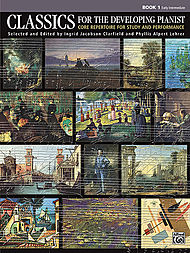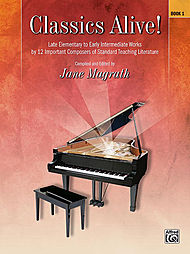Having lived in my town for just over 2 years now, my studio is comprised mostly of beginner and elementary level students. A few months ago, I felt that a handful of my beginners were ready for some early elementary level supplemental books — things that would get them moving around the keyboard more and help prevent them from becoming too “method-ized.” (You know what I mean, right? I don’t like my students to become overly Faber-ized, Alfred-ized, Bastien-ized, or whatever). 🙂
Two years ago at the National Conference on Keyboard Pedagogy, I attended an Exhibitor Session for Willis Music led by Glenda Austin. Most of the session was about composer William Gillock (no longer living) and his wonderful compositions for students. I remember that Glenda introduced the session by stating that many experienced teachers are well aware of Gillock’s extensive output of music for students, but that many younger teachers might not be familiar with his music. I enjoyed that session so much — it was great to learn more about Gillock and his music that has stood the test of time.
Jon George is another composer who has left behind a huge output of wonderful pieces for students. While I am relatively new to his music, no doubt many of you have made great use of Jon George’s music over the years! A few months ago, I decided to order a few of Jon George’s early- and mid- elementary level books to use with my students. I’m so glad I did, because I am thrilled with what I found!
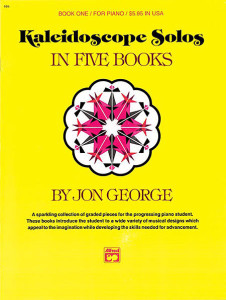 Kaleidoscope Solos – Book 1, by Jon George
Kaleidoscope Solos – Book 1, by Jon George
Early Elementary.
I love this book. It is very difficult to find such good writing for beginner students. This book contains some of the best writing for the early elementary level that I have ever encountered.
The pieces in this book require students to play with their hands starting at different places on the keyboard, which helps prevent students from getting “locked” into positions such as the Middle C position.
As a teacher, I do my best to encourage students to shape phrases and play musically even when they are beginners and these pieces make it easy to do so! These melodic pieces are inspiring to students and appealing to the ear. The student of mine who received this book is thriving with these pieces. I will be utilizing this series much more in the future.
There are 4 more books available in this series, progressing to an intermediate level. Continue reading “Review: The Music of Jon George” →
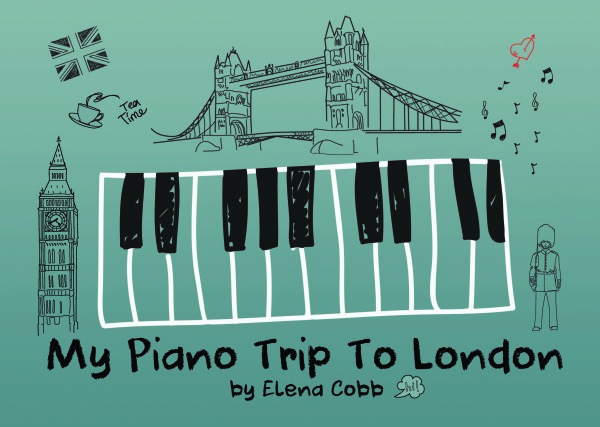
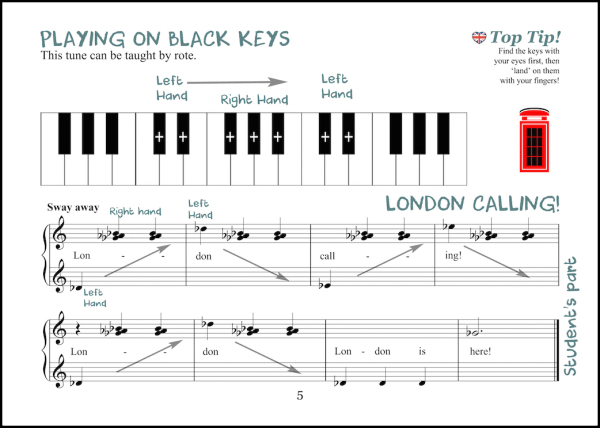 Continue reading “Review & Giveaway: Elena Cobb’s “My Piano Trip To London””
Continue reading “Review & Giveaway: Elena Cobb’s “My Piano Trip To London”” 



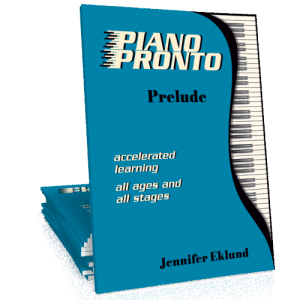 It is an all-in-one book. Lessons introducing new concepts, prep exercises to learn, and simple theory questions to answer are all included within the book. This makes it easier for the teacher to supplement
It is an all-in-one book. Lessons introducing new concepts, prep exercises to learn, and simple theory questions to answer are all included within the book. This makes it easier for the teacher to supplement
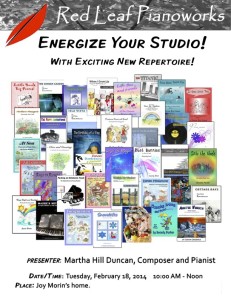 I love the internet. Without it, I would have far fewer friends and contacts in the piano teacher world, wouldn’t you?
I love the internet. Without it, I would have far fewer friends and contacts in the piano teacher world, wouldn’t you?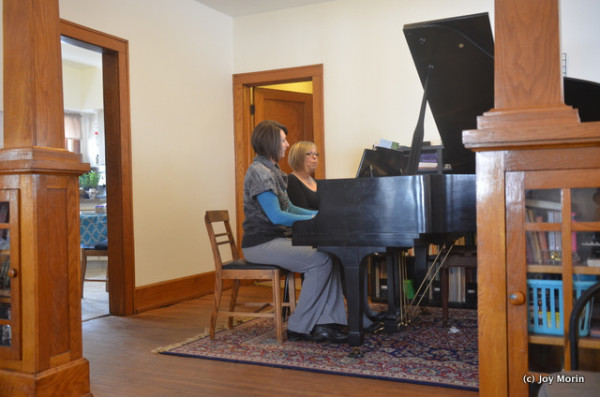
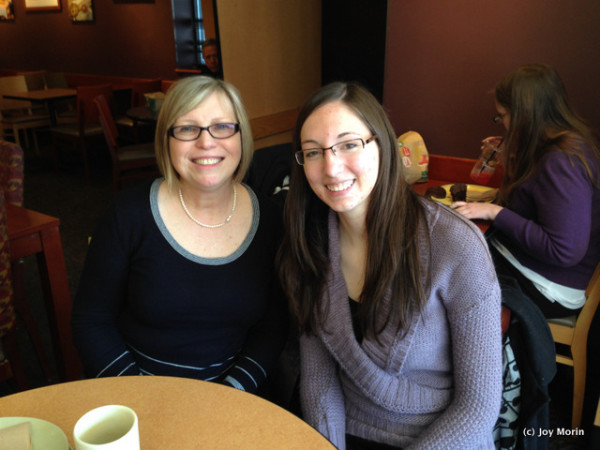
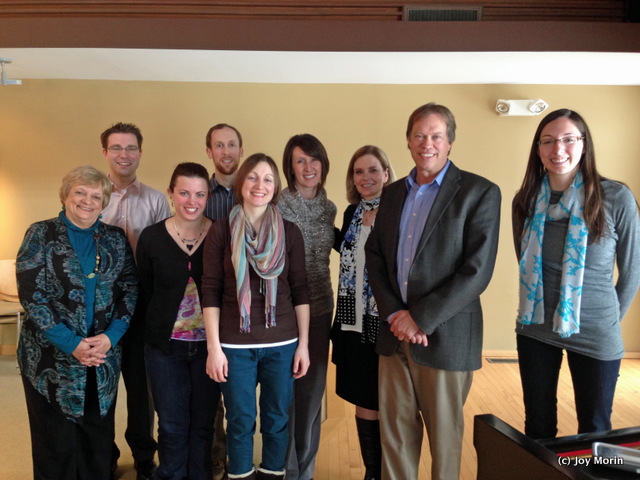
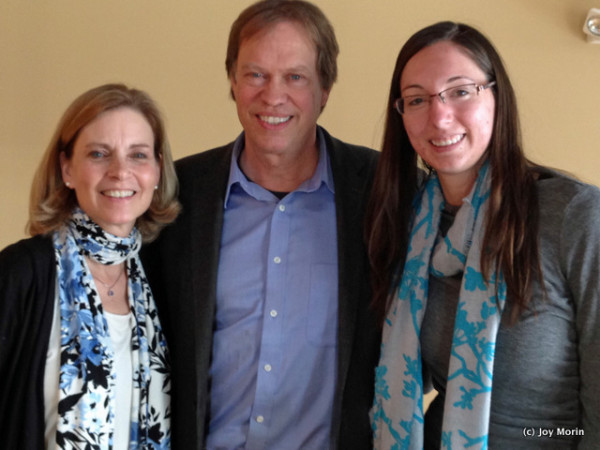

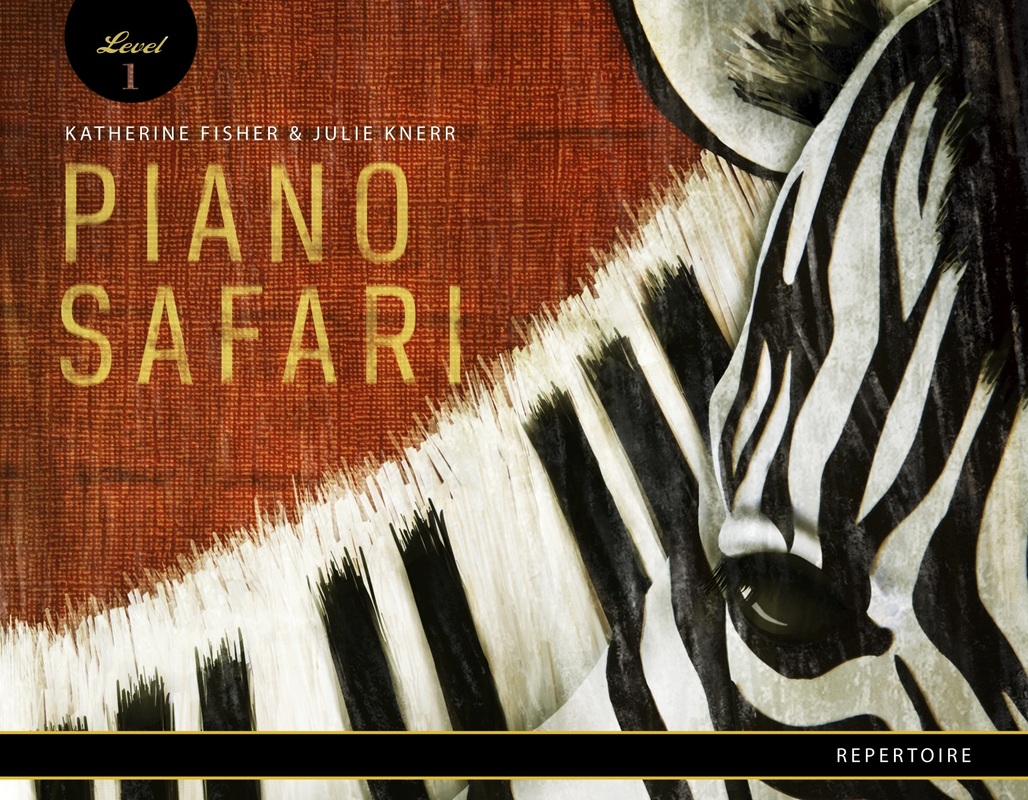

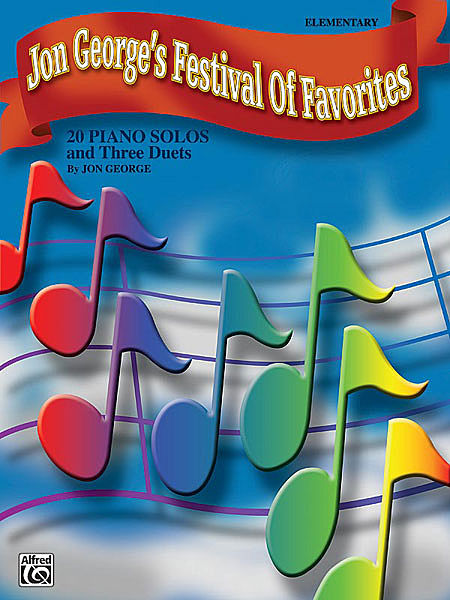


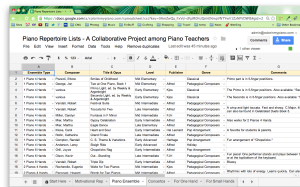 There are a number of really wonderful facebook groups for piano teachers (the
There are a number of really wonderful facebook groups for piano teachers (the 

